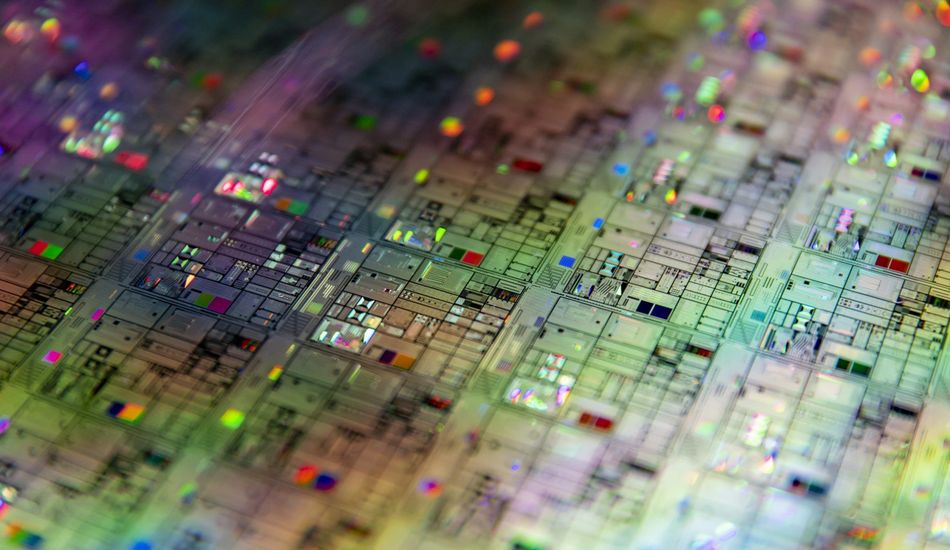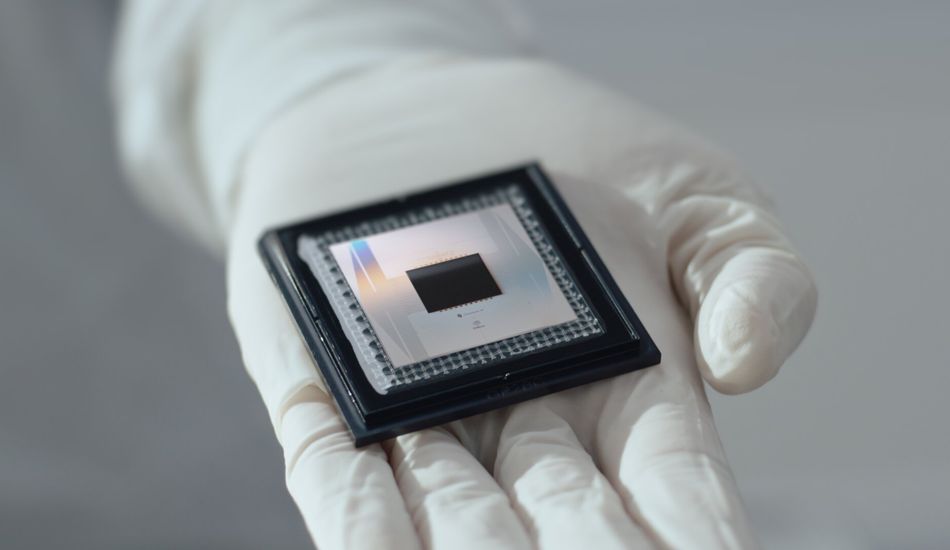
Record-Breaking Qubit Coherence: A Leap Towards Quantum Computing
The world of quantum computing is constantly evolving, and a recent breakthrough has caught my attention. Researchers have achieved a record-breaking coherence time for transmon qubits, a type of superconducting qubit, marking a significant step forward in the quest for practical quantum computers. Imagine qubits as the fundamental building blocks of quantum computers, similar to bits in our regular computers, but with superpowers.
What makes qubits so special? Unlike regular bits that are either 0 or 1, qubits can exist in multiple states at once, thanks to the wonders of quantum mechanics. This allows them to process enormous amounts of data, far exceeding the capabilities of even the most powerful supercomputers we have today. However, this sensitivity comes with a catch.
Qubits are incredibly sensitive to background noise, which can cause them to lose their valuable information in a process called decoherence. Think of it like trying to have a conversation in a crowded room – the surrounding noise makes it difficult to hear and understand what's being said. To combat this, scientists use quantum error correction, placing physical qubits into complex circuits to fight decoherence.
But what if we could improve the qubits themselves? That's exactly what a team of researchers set out to do. By meticulously testing different wiring arrangements and ensuring clean interfaces for their circuits, they achieved a coherence time of 1 millisecond – a new record! While it might not sound like much, one millisecond is an eternity for qubits, allowing them to perform a vast number of complex operations.
Longer coherence times are crucial because they reduce the need for error correction, saving time and energy. It's like having a more reliable internet connection – you experience fewer interruptions and can stream your favorite shows without any buffering. Although completely eliminating decoherence is unlikely, longer coherence times mean fewer errors, especially as quantum computers scale up and incorporate more qubits.
While this breakthrough is undoubtedly exciting, it's important to remember that it's just one step in a long journey. As one expert put it, it's like one of "probably a hundred or thousand more of these steps" needed to fully realize the potential of quantum computers. However, it's a significant step that demonstrates the importance of careful fabrication and attention to detail.
I believe the future of quantum computing is bright. With each new discovery, we get closer to unlocking the full potential of these revolutionary machines. It may take a few more years, but I am confident that we will see even more concrete results in the near future.
1 Image of Qubit Coherence:


Source: Gizmodo